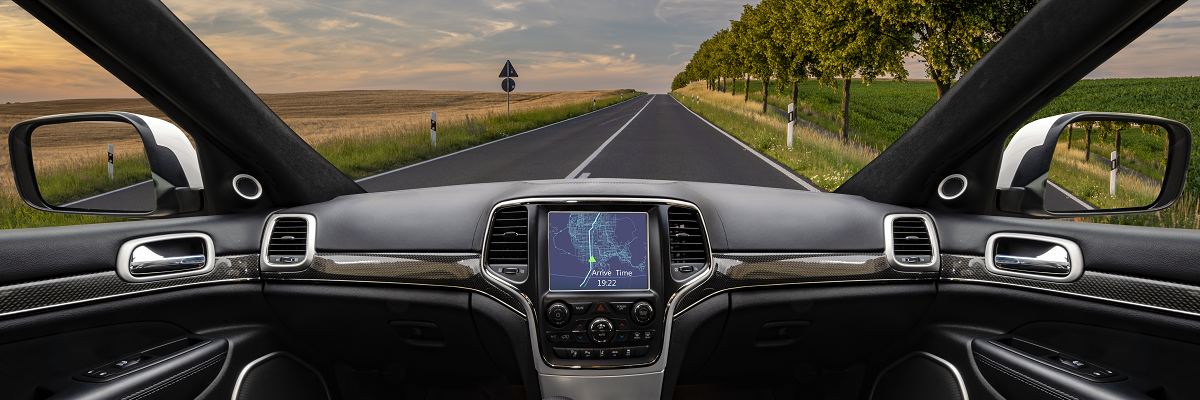Posted Tuesday 21st September 2021
Following a similar trial in Cambridge this May, self-driving vans and buses began rolling out in Bristol as part of a trial in August. The aim is for them to be in service in the first quarter of 2022.

The Law Commission and Department for Transport released several policy papers and updates to launch a consultation on the changes to the Highway Code, among other pieces of legislation, that will need to take place to accommodate driverless cars.
The main change will be the introduction of the Automated Lane Keeping System (ALKS) and to qualify this as self-driving. This will, among others things, create a dedicated lane for autonomous vehicles. Furthermore, the government has indicated that self-driving cars will have their speed capped at 37 mph, although some producers have since expressed concerns about this.
The government has announced its intention to use its legislative freedom post-Brexit to position the UK as a world leader for disruptive technologies, which includes autonomous vehicles. It is therefore likely that we will see a favourable legislative environment for the development and integration of self-driving cars into the UK market and roads nationwide as vehicle legislation is modernised.
There is a common misconception that AKLS means drivers will no longer have to pay attention to the road. In fact, this misunderstanding could be what has led to several accidents in the UK, US and Japan over the recent months, with drivers abandoning the driver’s seat or steering wheel.
In fact, current technology is only to Level 2 of the five recognised levels for autonomous vehicles. Level 1, first pioneered in the 1990s, is where one element is taking over on it own, with the driver still being in control. In Level 2, multiple functions are taken over from the driver – such as throttle and brake functions – with the driver remaining hands on. Under ALKS, the driver will still need to keep their hands on the wheel and stay alert to take over within 0 seconds from a system request.
Fully automated system would mean Level 4, with the image of the robo-taxi that doesn’t even require a steering wheel being Level 5.

By capping speeds and introducing ALKS, the government is attempting to respond to the many concerns surrounding self-driving cars and traffic safety. There is a debate as to what extent systems can reduce human error. Although this would most likely depend on which level of the five the car is. Crashes have resulted in the past where drivers have completely abandoned the steering wheel and stopped paying attention to the road and car. People seem to be treating their Level 2 or 3 cars as level 4 or 5 who do not need any human input.
Educating drivers on what is required at different levels of “self-driving cars” would be key to harnessing the benefits listed by the Society of Motor Manufacturers and Trading, which stated earlier this year that up to 47,000 serious accident could be prevented and 3,900 would be saved over the next ten years through the introduction automated driving systems. The idea is that self-driving cars and their systems reduce human errors. However, concerns have been raised as to standards during the testing of the systems and to what extend these are inclusive of different genders, weights, and races.
Autonomous vehicles could impact multiple industries, with current projections seeing 40% of cars to be self-driving by 2035. Aside from creating new skilled jobs, autonomous vehicles are likely to contribute to more sustainable vehicles, as they are often developed in conjunction with electric or hydrogen cars.
There is also speculation that widespread use of self-driving cars could challenge the travel industry, making short-haul flights and trains practically obsolete. People would be able to commute door to door at their convenience with the added benefit of being able to spend their time in the same way as they would on a flight. (This would only be the case for level 4 or 5 self-driving cars).
Just as the Highway Code will need to adjust to autonomous driving, so will the insurance market. The industry has challenged the adoptions of ALKS, calling its misleading. There is, of course, the debate as to when the driver is at fault in the case of accidents. It is likely that we will see changes to premiums and policy structures once the new legislation is introduced.
This article is for reference purposes only. It does not constitute legal advice and should not be relied upon as such. Specific legal advice about your specific circumstances should always be sought separately before taking or deciding not to take any action.